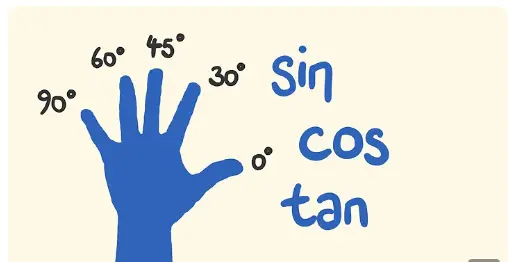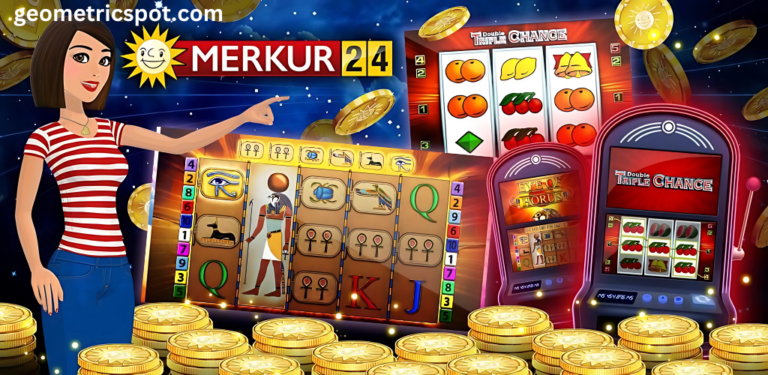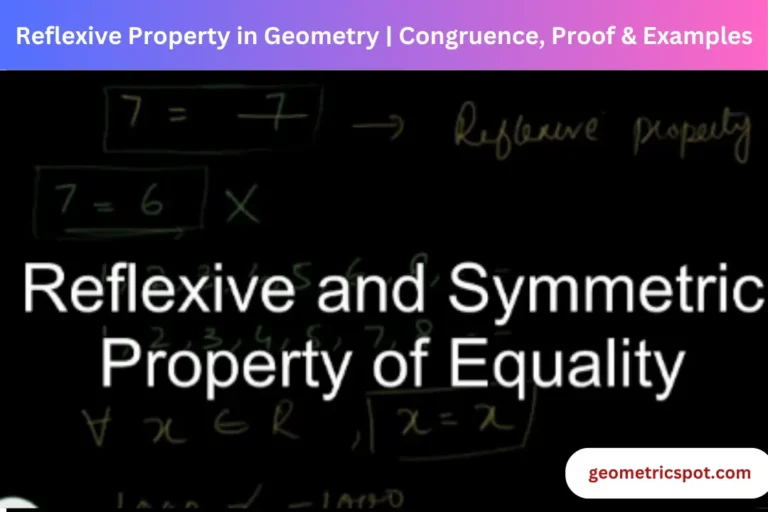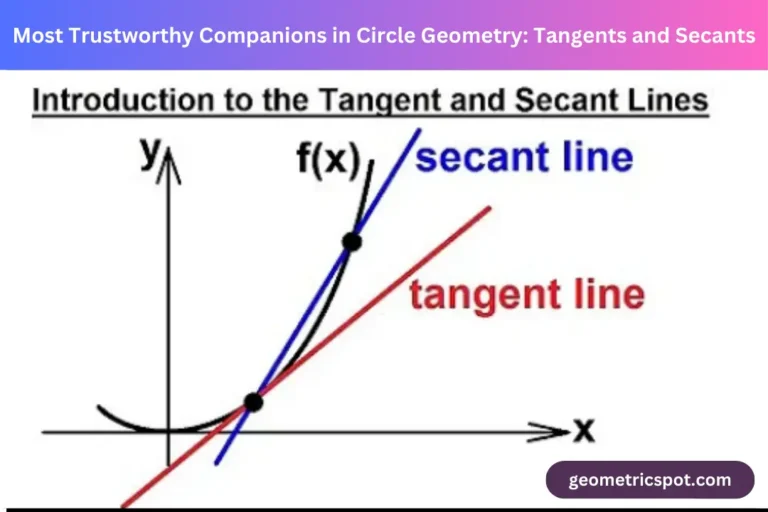ABCs of 3D objects: Faces, Vertices, Edges & Examples In Geometry
The real world around us is an amazing wonder made by three dimensional wonders: The ABCs of 3D objects: Faces, Vertices and Edges in geometry. From the pyramids to your favorite toys, everything is constructed by combining these 3D applications. But what are these 3D wonders? How do they combine to make a solid object? The answer lies in these fundamental elements: Vertices, faces and edges in geometry.
Vertex is the corner in any solid shape. Face is a flat and smooth surface. An edge is usually called a straight line between two faces. These basic concepts give you the understanding of animation, real-world objects, and fictional worlds.
Imagine a 2D world (flat images) and add a whole new dimension into it. It sounds exciting? In this article, we will learn about the foundation of ABCs of 3D objects: vertices, faces, edges & examples in the geometry .
What is vertex/vertices?
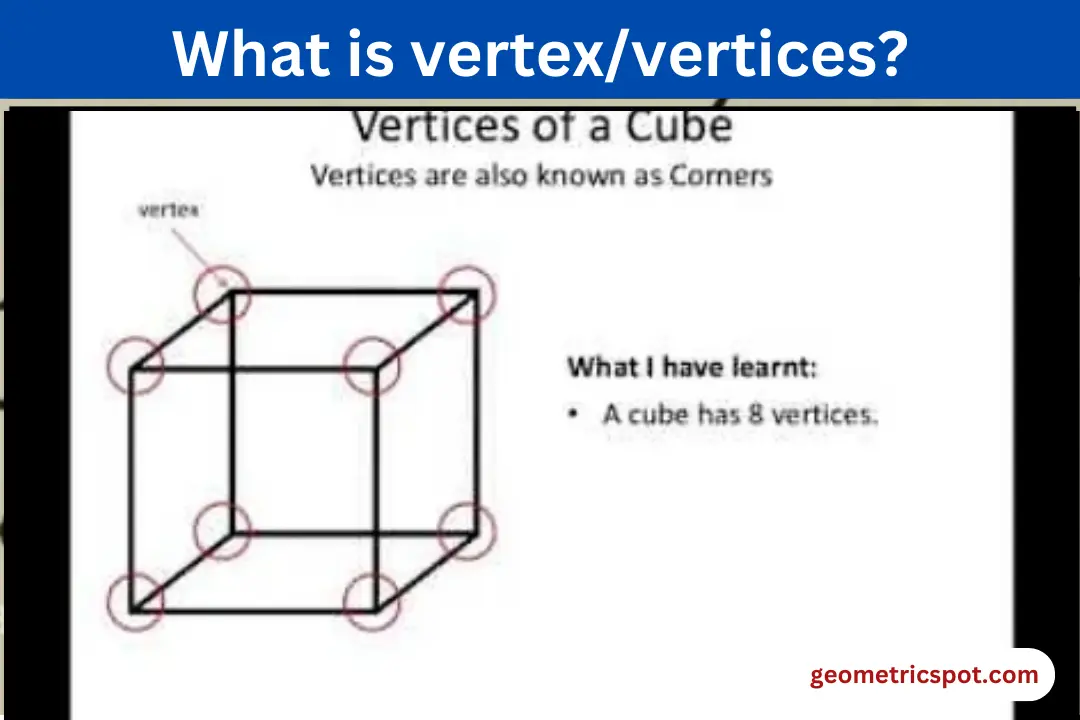
Vertices called the cornerstones. Each 2D geometric shape constructed with vertices, faces and edges will convert into 3D shapes. It is defined as: a corner point where two or more than two edges meet or connect together is called vertices. In simpler words, vertices are the meeting points or a common endpoint where two or more line segments meet together.
Vertices of Angles
Read the article about angles so you will know how an angle is formed? An angle is made when two straight lines meet together at a common point; this common meeting point is called the vertex of an angle.
2D shapes Vertex/Vertices
There are many examples of 2D structures such as circles, squares, triangles, pentagons and many more.
Simple 2D structures – Polygons are the simplest 2D objects that are made up of straight lines. The rays which combine together to make a polygon are called edges and the adjacent point is called vertex.
Vertices of Triangle – Every triangle is made up of 3 sides or angles. Each triangle has 3 sides, 3 vertices and 3 angles.
Vertices of Square – Each square is a four sided 2D shape or a polygon. A square has 4 sides, 4 angles, and 4 vertices.
Vertices of Rectangles – Rectangle is also a 4 sided polygon which has 4 angles, 4 sides and 4 vertices.
Vertices of Pentagon – Each pentagon is a 5 sided shape or polygon. It contains 5 sides, 5 angles and 5 vertices.
Irregular Shapes – A 2D shape or a polygon with unequal sides is called an irregular Shape. Each irregular shape contains vertices where two adjacent sides meet. The number of vertices depends upon the angles and meeting corners. In simple words, we can say that the number of sides is directly proportional to the number of vertices.
Vertices Of Circles – A circle contains infinite points but it doesn’t have any ray or line segment. A circle contains 0 number of Vertices.
Examples of 3D shapes vertices
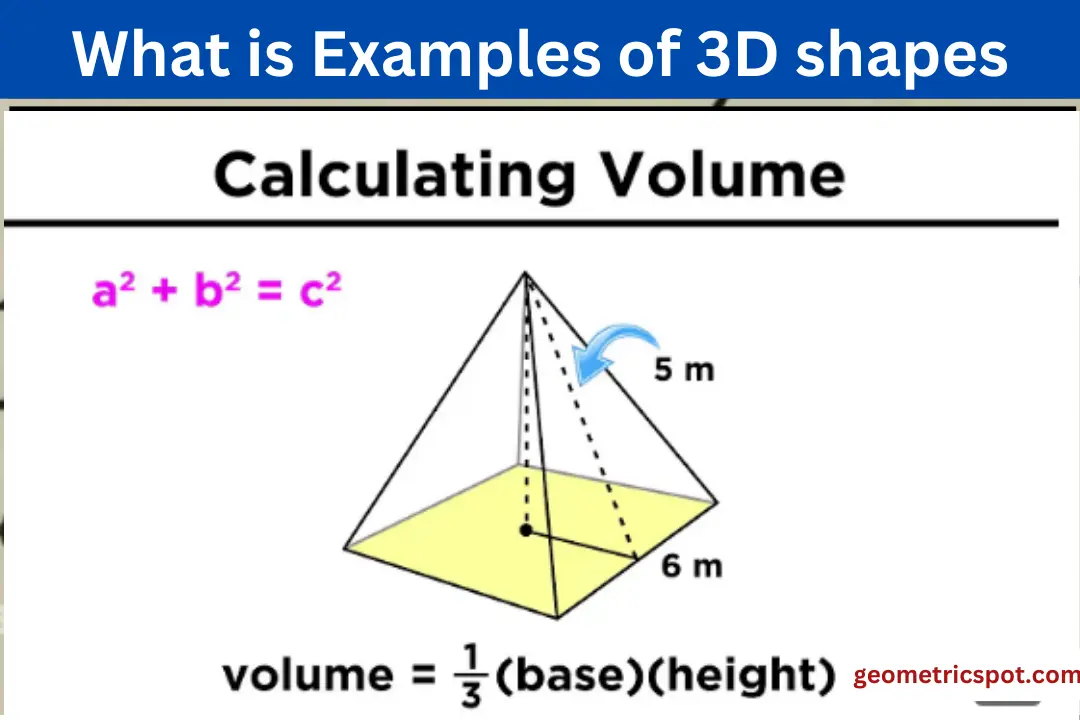
Just imagine the pointy tip of a pyramid or a cube. These are called vertices.
| Spheres | 0 vertex |
| Cylinders | 0 vertex |
| Cones | 1 vertex |
| Cubes Pyramids | 8 vertices 1+ number of vertices in a base |
| Cuboids Prism | 8 vertices 2* number of vertices in one face |
What is Face/Faces?
Faces are the flat surfaces. Every solid contains more than one face. In simple words, we can say that faces made the boundary. 2D objects and shapes contain only one face. On the other hand, 3D objects contain more than one face.
Faces of Cubes – It has 6 square-shaped faces.
Faces of Cuboids – It has 6 rectangular-shaped faces.
Faces of Pyramid – It has four faces on its sides.
Faces of Cones – Cones have one flat and one curved face.
Faces of Spheres – Spheres have one curved face.
What is an Edge/ Edges?

The rays or lines which behave as an interface between two faces is called an edge. In simple words, the line segment where two faces of any 3D shape converge, you’ll get an edge. Edges explain or define the boundaries of each face and make a connection between adjacent ones. Real life examples such as a birthday cap having only one edge.
Examples:
- A cube contains 12 edges
- A cylinder has 2 edges
- A sphere has no edge
- A tetrahedron has 6 edges
- A cone has one edge
- Cuboids have 12 edges
Connection of Euler’s Formula with faces, vertices, and edges
The friendship of vertices, faces and edges is enhanced by a wonderful wonder of mathematics which is Euler’s Formula. Euler’s Formula helps us to understand the ABCs of 3D objects: vertices, faces and edges. We are using Euler’s Formula to calculate 3D shapes properties in the real world.
- Formula: F + V – E = 2
Where
F = number of faces
V = number of vertices
E = number of edges
The Euler’s Formula is used for calculating properties of polyhedra ( 3D shapes having flat faces and straight edges). For example; cubes, tetrahedrons and octahedrons. It can help to calculate the value of one 3D property if we know the remaining two calculations.
Practical example of Euler’s Formula
Take an example of a cube. How many faces does a cube have? The answer is six. How many vertices does a cube have? The answer is eight. How many edges does a cube have? The answer is twelve. Now, we have 2 values and we can find the remaining one by putting these values into the Euler’s Formula.
The verification of Euler’s Formula.
The formula is:
V + F – E = 2
8 + 6 – 12 = 2
2 = 2
Hence proved that a cube is a polyhedron in shape.
Real World Applications
- 3D Animation – Animated movies, and rides solely depend on these 3D wonders. Software developers implement these concepts into real-life so we can feel and observe a real- world.
- Video games – Making characters and objects in 3D video games requires the concept of vertices, faces and edges. 3D video games designed by using these concepts.
- Architecture and 3D – Civil engineers and architects heavily rely on the concept of 3D modeling nowadays. So, they can design the structure before construction.
- Medical use – CT scans, MRI scans, are generated through 3D imaging. By using vertices, faces and edges, these CT scans and MRI films will be created to diagnose the disease.
- Designing and Manufacturing – Nowadays, mostly objects that we are using physically are made by 3D printing and manufacturing machines or printers. Each layer of printing is called a slice.
Final Words
Whenever you see an animated movie, cartoon or a video game. You will admire and appreciate behind the scenes ( vertices, edges, and faces in geometry). From mannequins to towers, remember these 3D building blocks. Read the above mentioned guide about the ABCs of 3D objects to unsolved the mysterious basic and advanced geometry concepts about vertices, edges and faces.
Frequently asked questions
Explain the importance of the ABCs of 3D objects: vertices, faces and edges in 3D modeling?
Vertices, faces and edges are the building blocks in 3D modeling. Vertices used to be the foundation. Faces behave like a canvas so you can balance surface, texture and shadow. While edges are the sharp ends that make shape, and modeling.
How to find or identify vertices, faces and edges in 3D shapes?
There are two methods to identify these 3D objects: vertices, faces and edges.
1. Visually
- Vertices – The corner points where two or more than two edges meet.
- Edges – Identify the lines where two faces meet.
- Faces – Find the flat surface of the shape that makes the sides.
2. By Digital Data
Some shapes can only be seen through digital softwares because they are in a file format like OBJ, STL, or FBX.
- 3D Modeling Softwares – These softwares help you to view and even delete the edges, faces and vertices.
- Coding and scripting – For some tech savvy people or experts, you can access them by many scripting languages directly from the libraries.
How to find faces, vertices and edges of any shape?
The easy peasy lemon squeezy answer is by Euler’s Formula. This formula will help you to find the number of edges, vertices and faces.

